Writing the blurb for your self-published book is one of the privileges of being an indie author. However, this task typically comes just when you're at your least able: exhausted from completing your final draft and too close to the manuscript to be objective. Coming to their rescue here is ALLi Partner Member Ben Cameron of Cameron Marketing and Publicity, with great advice and illuminating examples of how write what he succinctly describes as “the most important 100 words you'll ever write” – and probably also the most difficult.
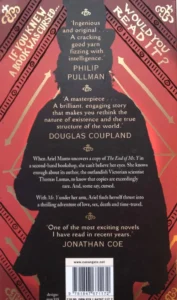 The last words that you write for your book will be the first that your audience reads.
The last words that you write for your book will be the first that your audience reads.
You’ve finished writing your book, it’s edited, designed and is just about ready to go to press. You’ve just put your feet up when you get a reminder from the designer that they still need text for the back cover. Another small decision at the end of a long line of decisions, you knock something together in a few minutes and send it off.
You may have just doomed your 75,000 word masterpiece.
That back cover blurb (or an online version of it) will be read by every potential buyer, book reviewer, media professional or person who may wish to hire you for your expertise. Your book’s cover has to communicate directly to your audience: You will find this book interesting/entertaining/informative/useful and here is why…
Consolidating your book into a couple of paragraphs isn’t easy. Here are some tips for doing it well.
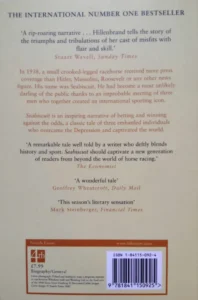 10 Second Elevator Pitch: If you only had 10 seconds to tell potential readers why they should buy your book, what would you include? Your goal is to give readers enough information to intrigue them into buying it without wasting any time.
10 Second Elevator Pitch: If you only had 10 seconds to tell potential readers why they should buy your book, what would you include? Your goal is to give readers enough information to intrigue them into buying it without wasting any time.- Be Concise: Less is more. Go over your text again and again and again to cut out every unnecessary word. Blurbs are like poetry – every word matters.
- Fiction: Detailing every character and plot twist is unnecessary and can be overwhelming to the buyer. Read the back cover copy of the most popular authors in your genre to see examples of how to entice readers without giving away the entire plot. Your goal is to make an emotional connection with the reader so they will want to be transported into your world. They do not need to know what happens in the book, they just need to know what makes it interesting.
- Non-fiction: Tell the readers what they will learn, what problems your book will solve, and why your book is different. The goal of a non-fiction book may be to inform, inspire, educate or entertain. Make sure the reader understands what is inside your book and why you are qualified to write it. Bullet points can work well with non-fiction books.
 Author Biography: If you include any biographical detail only include relevant information and resist the temptation to be cute or clever.
Author Biography: If you include any biographical detail only include relevant information and resist the temptation to be cute or clever.- For fiction writers, your biography is usually best inside the book, but you will need a brief biography in any case for online listings and information databases. Consider including where or how you grew up, professional experience, writing awards or training, acclaims, past books or information explaining how you came to write your book.
- For non-fiction authors, make your credentials clear by listing education, work experience, professional memberships, past books and awards. Your goal is to be authoritative and confident.
- Author Photo: If you chose include one, use a professional, uncluttered, current headshot. Most non-fiction books should consider having one to make you a real person to the reader. For novels, like the biography blurb, don’t include one on or in your book if you don’t honestly feel that it is going to help build your brand.
- Review Quotes: Only use review quotes from known, respected sources, credentialed people or celebrities. Professional colleagues in your field are especially helpful for non-fiction books. On the other hand it can actually hurt you if you include, “Thrilling page turner! by an Amazon reviewer.” It’s better to leave this out and use the space for something else. Someone once sent a book to us with, “…this is a wonderful book. — Author’s Mother”. This would have been funny if it was not intended to be serious!
- Proofread: Although it seems obvious, proofread your text several times. In the rush to complete what is often the final stage of a book, back cover copy can be neglected. We’ve seen outstanding books marred by typos and book reviewers are particularly attuned to them. An error on a cover will damn your book as the work of an amateur.
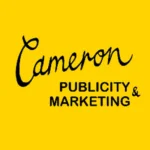 Finally, if you are working with a publicist or sales team early enough in the publishing process, run the copy past them for feedback on content. Back cover copy is crucial for transforming the browser into a buyer and they are well-positioned to help.
Finally, if you are working with a publicist or sales team early enough in the publishing process, run the copy past them for feedback on content. Back cover copy is crucial for transforming the browser into a buyer and they are well-positioned to help.
EASY TWEET
“#Writers: 10 great tips for writing the perfect book blurb by @CameronPMTweets via @IndieAuthorALLi: https://selfpublishingadvice.org/book-blurbs-2/ #selfpub”
OVER TO YOU
Have you any book blurb tips to add to Ben's list? Or some horror stories of what not to add? Join the conversation!

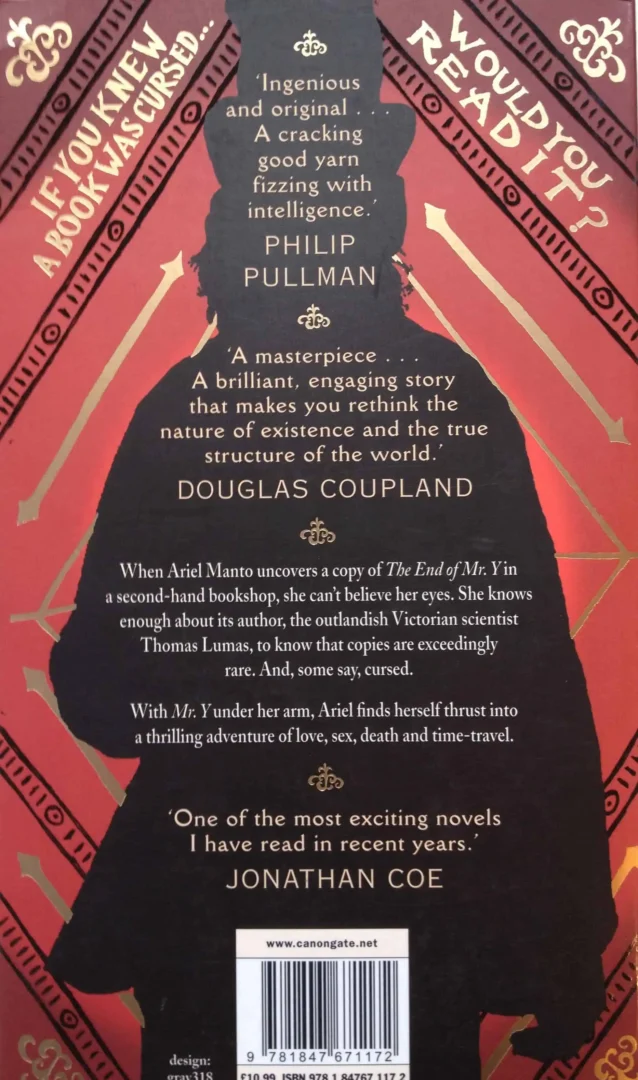


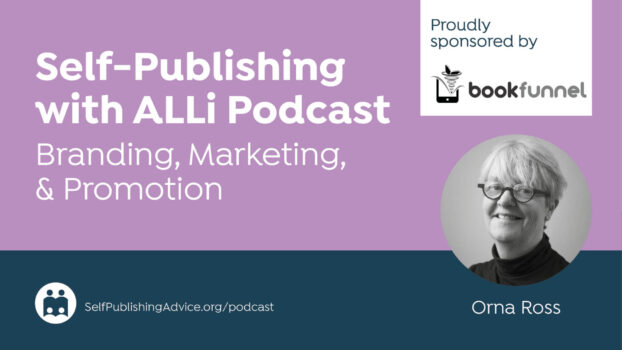

[…] It’s worth spending a good deal of time working on your book description. As well as sitting on your sales pages, this is also copy you will use across your marketing activity. The description you write is a critical way search engines, and therefore the right readers, will find your book. And it’s also free! Descriptions are usually no more than 200 words, and should describe your story or the information your book provides in an engaging way. As before, look at comparable books to ensure you match the tone and approach of successful books in your genre. And use short sentences, bold, italics and paragraphs to make sure it’s easy to scan for a busy buyer. You can find more tips for writing a book blurb, here: ALLi Blog – Writing a Book Blurb. […]
[…] long. This length is perfect to use in professional networking websites such as LinkedIn, book blurbs, and employee profiles or meet the team […]
[…] https://selfpublishingadvice.org/book-blurbs-2/ […]
Thank you for the great advice!
[…] 10 Top Tips on How to Write the Best Book Blurb […]
Thank you for the advice!
[…] 10 Top Tips on How to Write the Best Book Blurb […]
[…] to find the right keywords to help them discover that page in the first place. If the blurb is, as Ben Cameron once memorably described it on this blog, the hardest 100 words you’ll ever write, those final but crucial keywords must […]
[…] to find the right keywords to help them discover that page in the first place. If the blurb is, as Ben Cameron once memorably described it on this blog, the hardest 100 words you’ll ever write, those final but crucial keywords must […]
Superb! This 10 tips in writing a book blurb is very helpful. Never forget an Author Photo!
Great tips! Your goal is what important most to readers.
I usually write my book/story blurb at the outset, more or less as I write the first few chapters. I revise it as I go and once I finish. This way I crystalize the basic premise up front and refine as I go. It also helps me to have something I can use to promote the story on my website.
My tip would be, write it in good time to put it aside for as long as possible. Each time you come back to it, you can often see ways to trim or tighten to make it more punchy. It’s handy to have different length versions, too, for pitching in different situations – elevator pitch, quick summary and full on!
Excellent advice, especially the proofreading – easy to overlook!